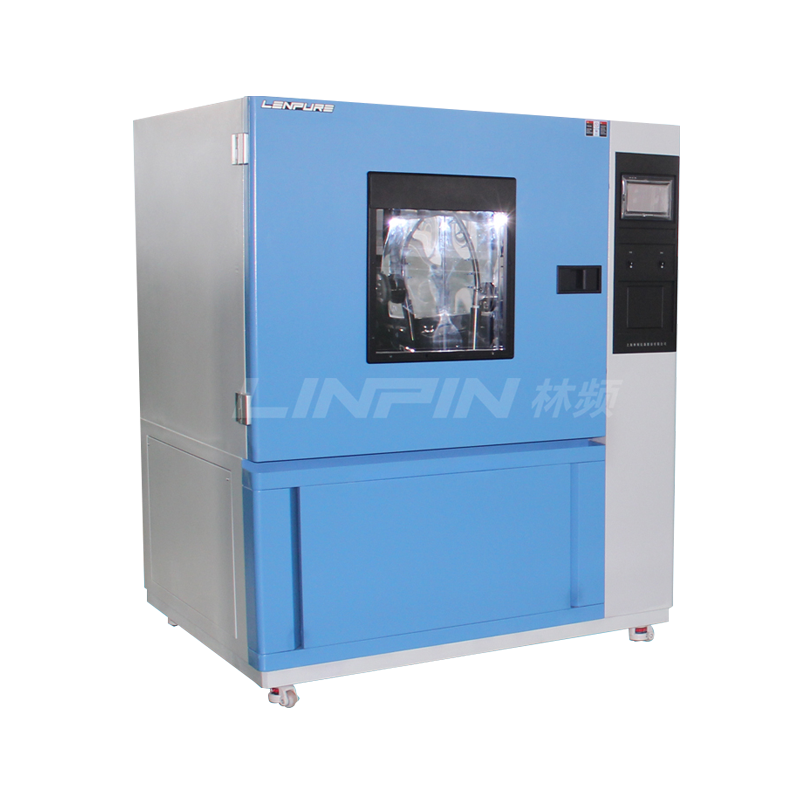

To ensure the accuracy of the rain test chamber results, the correct operation of the equipment is essential. So, how should the device be operated? What details need attention during the operation process?
Below is the method for starting and operating the rain test chamber:
① Prepare in advance: Fill the water tank with purified water, place the test sample inside the testing equipment, and adjust the distance between the sample and the handheld spray nozzle.
② Adjust the relevant parameters according to the test requirements: total test duration, individual test durations for IPX3/X4 and IPX5/X6, etc.
③ Hold the spray nozzle, turn on the IPX5/X6 or IPX3/X4 switch, then press the variable frequency pump switch to officially start the test.
④ The device begins spraying water. The flow rate of the test can be adjusted using the ball valve and flow meter inside the equipment. The alarm indicator signals an overload of the water pump.

During the above operation, there are several points to note:
① When filling the water tank, if there are large particulate impurities, they must be promptly removed to avoid affecting the test. After the test, if the water in the tank is drained, the next time the test is conducted, the exhaust port on the water pump must be unscrewed with a wrench before adding water. Water should be added until it flows out of the exhaust port, after which the exhaust valve should be tightened. If the equipment is not used for an extended period, the water in the tank must be completely drained.
② Operators must first press the IPX5/X6 or IPX3/X4 switch before pressing the variable frequency pump switch. This is because pressing the variable frequency pump switch without activating the IPX5/6 or IPX3/X4 switch will prevent the solenoid valve from functioning, causing the water from the variable frequency pump to fail to flow. This results in increased pressure, triggering an alarm from the device’s frequency converter.
③ Staff should regularly unscrew the copper showerhead and clean impurities from the nozzle to prevent blockages caused by accumulated debris.
The above points outline the operational details and precautions for the rain test chamber. These should not be overlooked, as they may impact the test results of the equipment.